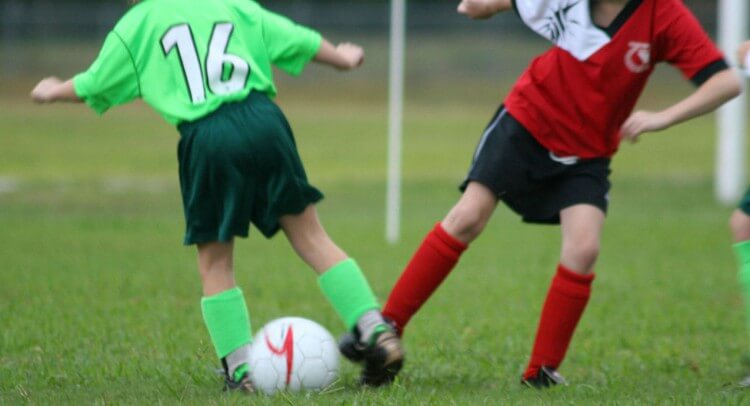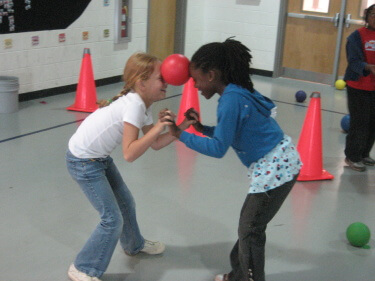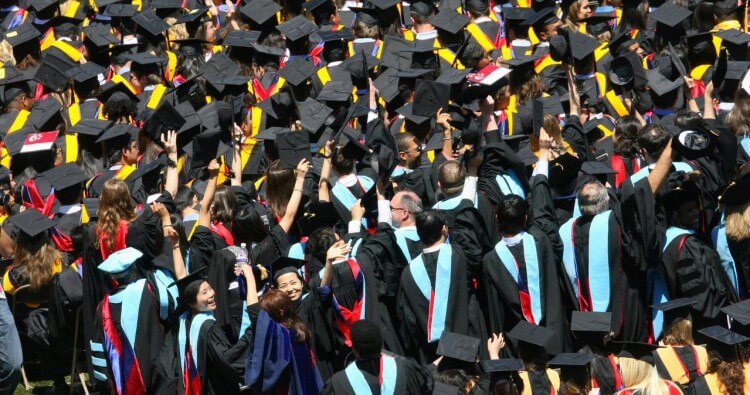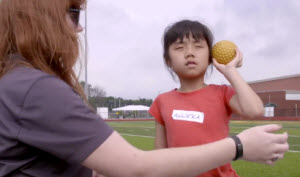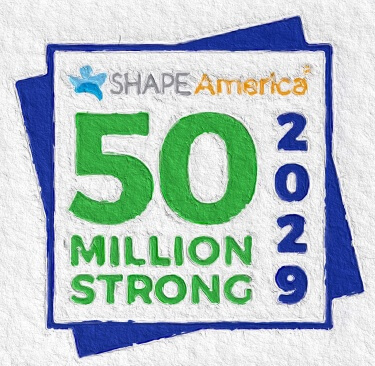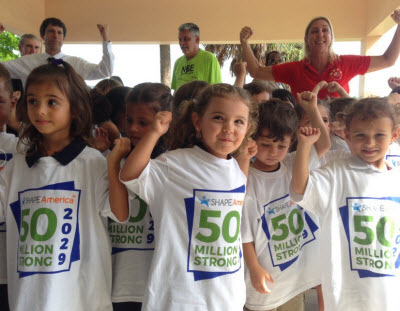Remember when a family member or friend excitedly shouted, “Kodak Moment!” They’d whip out a camera, quickly gather people together and cement a memory of the occasion on film. It’s not uncommon to hear the same expression today but in an entirely different context.
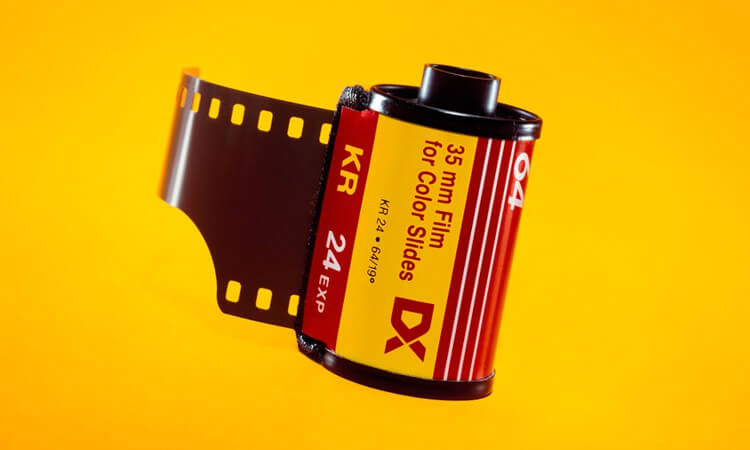
Kodak has a fascinating history. It was back in 1888, when chemist George Eastman flipped the world of photography. His invention of consumer cameras and roll film transformed photo taking from a small, complicated, specialized profession to a hobby for everyone. Eastman and the Rochester NY company he created, successfully dominated the world of photography for close to a century.
But then something unanticipated happened. In 1973, Kodak hired Steven Sasson a bright, young 24-year old engineer. Uncertain how best to use his talents they offered him a couple of options. Sasson chose to investigate a newly emerging technology that promised to transform electrical signals into images. Two years later, he proudly demonstrated his creation in front of Kodak’s bosses: The world’s very first digital camera. Sasson predicted that digital photography would within about 20 years replace traditional cameras, film, and prints.
